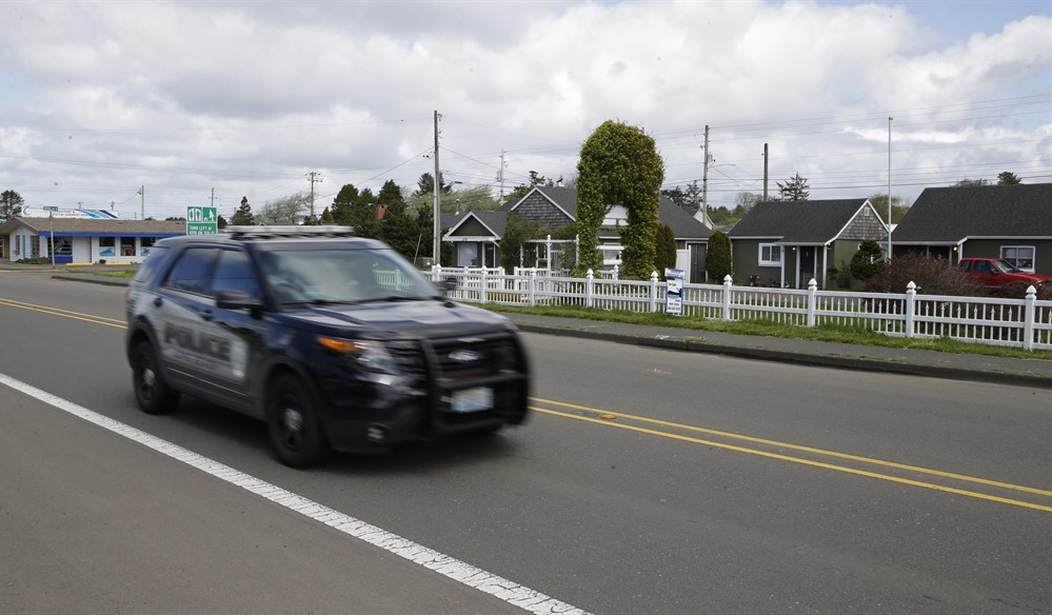The recent fatal shooting of 15 year old Jordan Edwards by police in Texas was a tragedy and it’s raised yet more questions about law enforcement policies regarding lethal force encounters. In this case, it wasn’t just the simple fact that Edwards likely wasn’t involved in anything illegal, but also that he wasn’t even the intended target of the gunfire. He was inside of a moving car when he was shot and killed. This has prompted the Washington Post editorial board to publish a surprisingly moderate position piece regarding police policy around the country when it comes to officers opening fire on moving vehicles.
They start out by acknowledging that most police departments already have restrictions on firing at moving vehicles, but note that it still seems to happen too often in their eyes.
What remains to be seen, however, is whether this eminently avoidable tragedy will catalyze necessary policy changes on a national basis. Specifically, despite widespread acknowledgment that it is more often than not futile, and dangerous, for police to try to stop moving vehicles with gunfire, officers around the country continue to do so. And civilians continue to lose their lives as a consequence. The Post database of fatal police shootings has recorded 193 incidents in which police shot and killed people inside vehicles, only 86 of whom were reportedly armed. It stands to reason that these fatalities represent only a portion of all police shootings at vehicles…
Many big-city departments have a flat ban on deadly force against moving vehicles; New York was the first to adopt such a policy 45 years ago. As it happens, the 2016 edition of the Balch Springs department’s own instructions to officers states the rationale for avoiding such shootings well: “Because of the low probability of penetrating a vehicle with a handgun, officers threatened by an oncoming vehicle should attempt to move out of its path,” instead of shooting. And yet Balch Springs, like many of the country’s 16,000 police agencies, still allowed an exception that can, on occasion, swallow the rule.
Aside from the likely prudent suggestion that all police departments review all of their rules of engagement with police officers from time to time, I’m not sure exactly what problem the Post’s editors are trying to solve here. It’s already either prohibited or heavily discouraged for cops to be shooting at cars pretty much everywhere in the country in all but the most extreme cases. Are they arguing that there shouldn’t be exceptions? That would take a good idea and turn it into something potentially dangerous.
For the most part, and particularly at night, shooting into the passenger compartment of a moving vehicle is a tricky proposition at best. Depending on the caliber of your firearm and the angles involved, a shot can actually deflect off of the angled safety glass of many cars’ front and rear windows, causing some damage to the glass but not going through. Even if the round does penetrate it’s probably going to deflect randomly and lose a lot of knockdown power on the way in. All in all it just seems as if attempting to shoot out the tires (or the engine block if you have a 12 gauge with slugs) is probably a better option in most cases.
But there are obvious exceptions. The first case where shooting into a car is going to be excusable is when someone is shooting out of the car at you or at civilians. Also, if someone is using the vehicle as a weapon and trying to run down officers or bystanders they may have to be taken out much faster than you could manage by blowing out a tire. Having a flat, no exceptions rule about firing into a vehicle would not take situations such as those into account and leave officers open to charges when they may have had no other choice
I’m not going to take the WaPo board to task too badly on this one because their position is actually fairly reasonable. But any flat ban on all shots fired into vehicles would be a bridge too far.









Join the conversation as a VIP Member